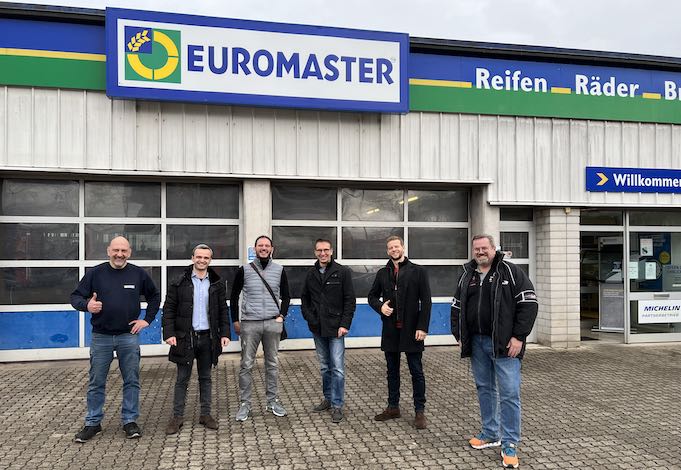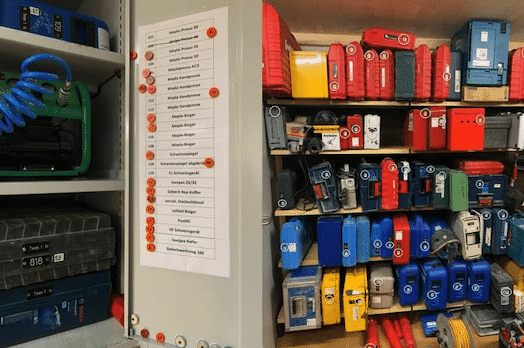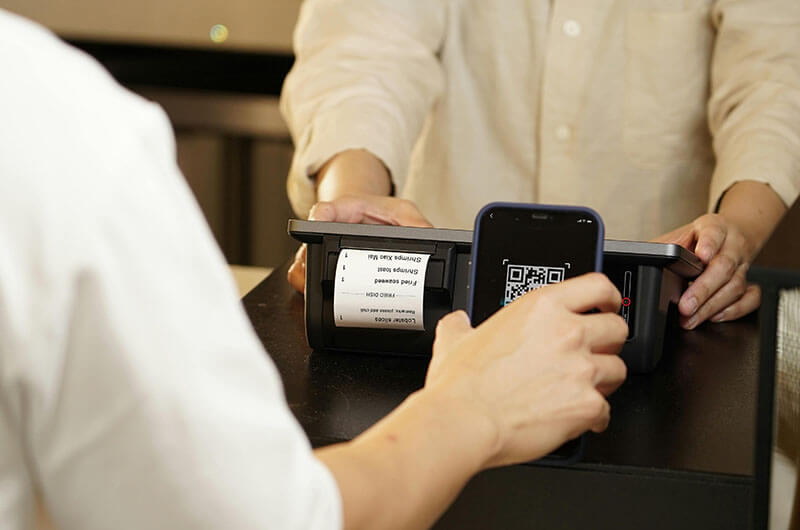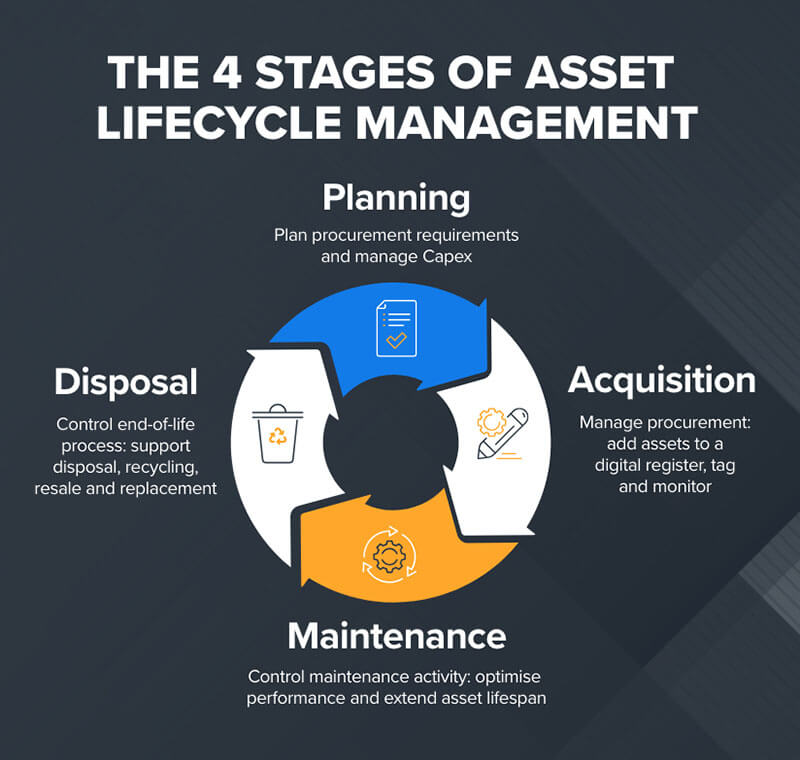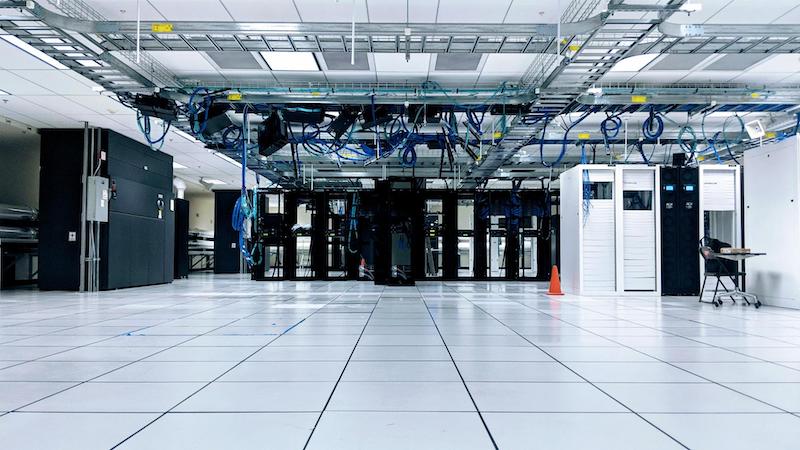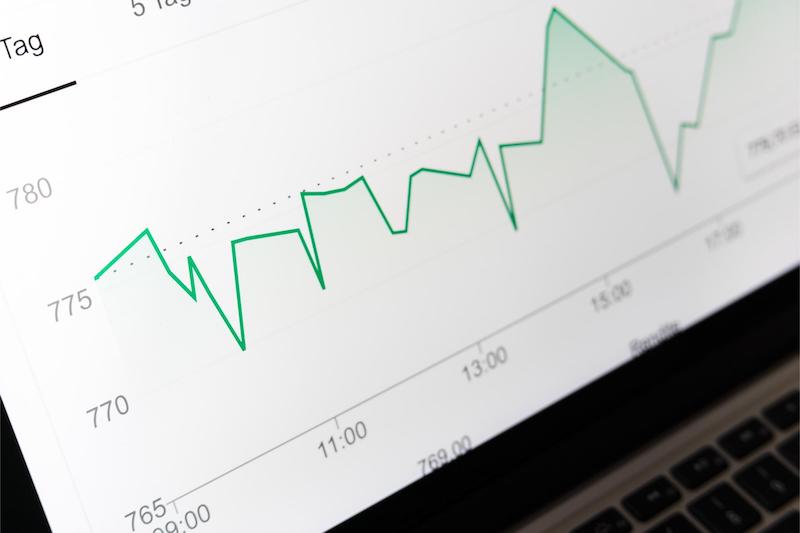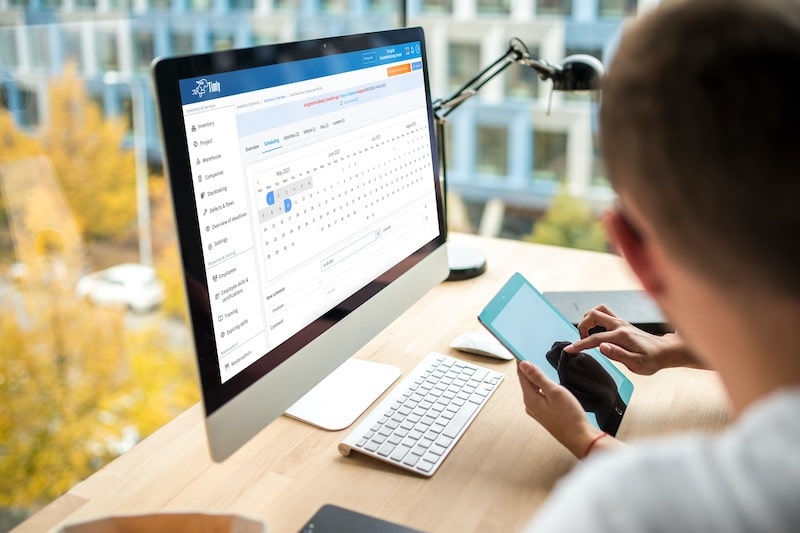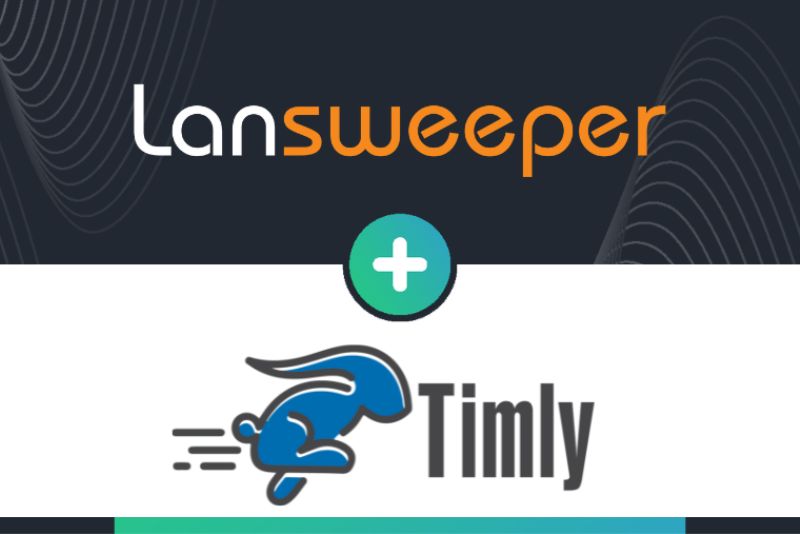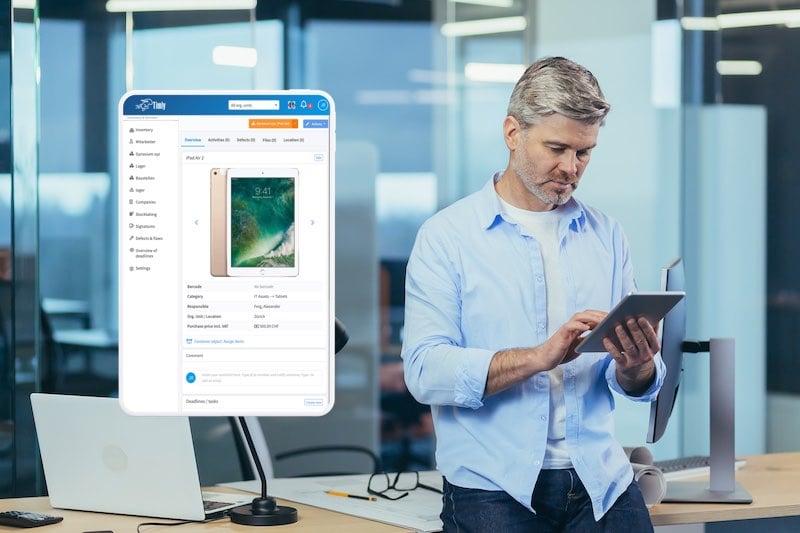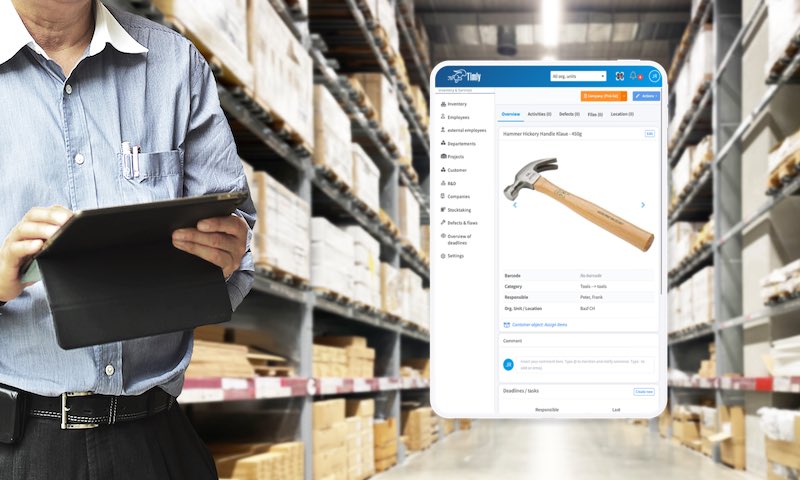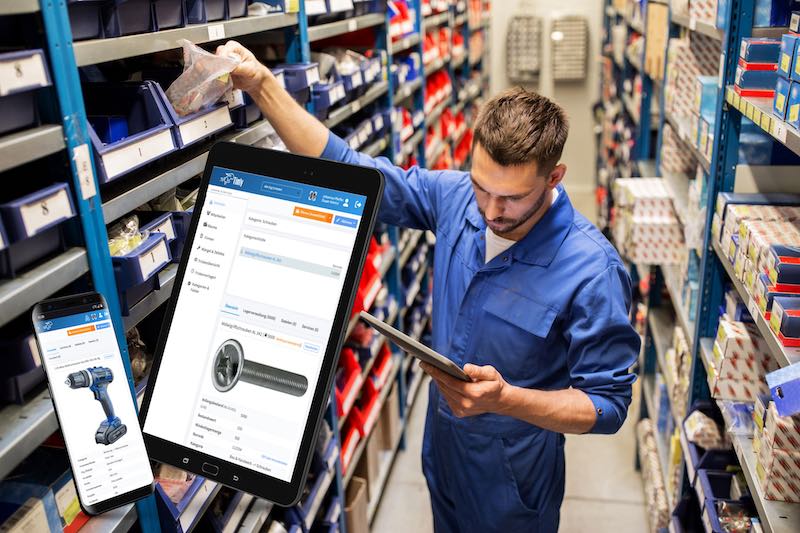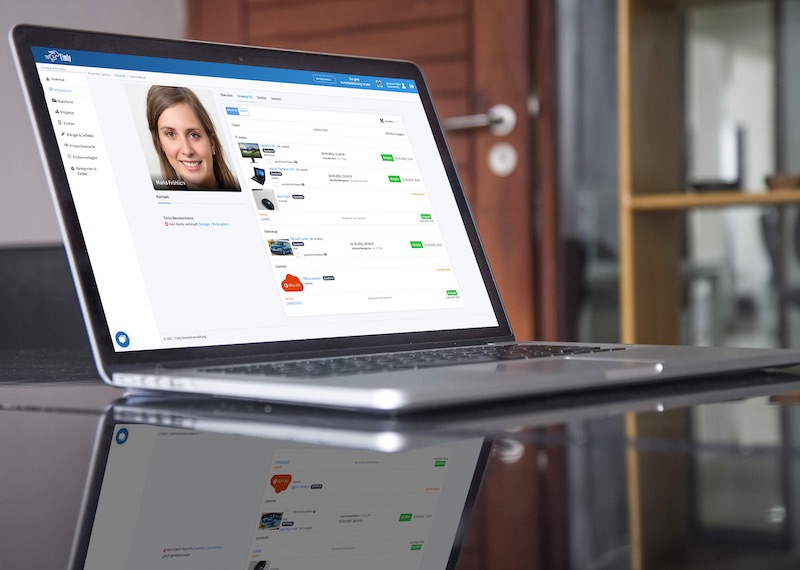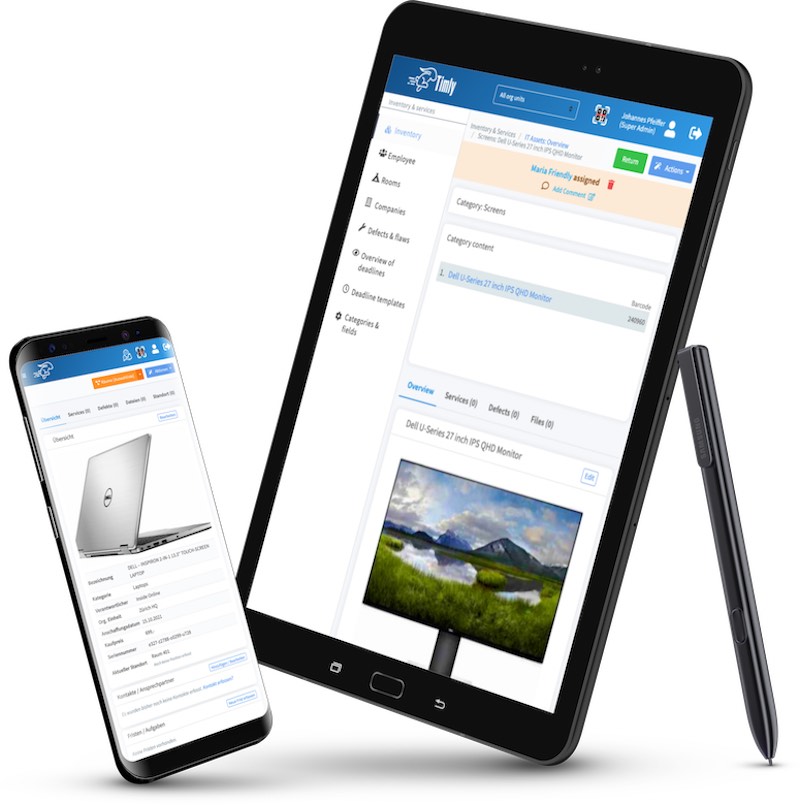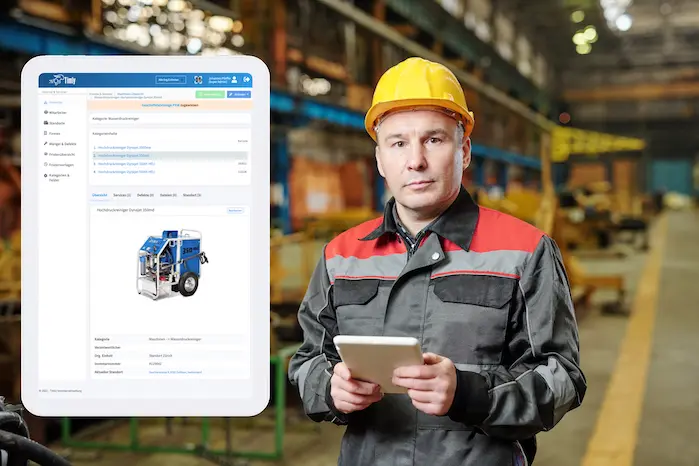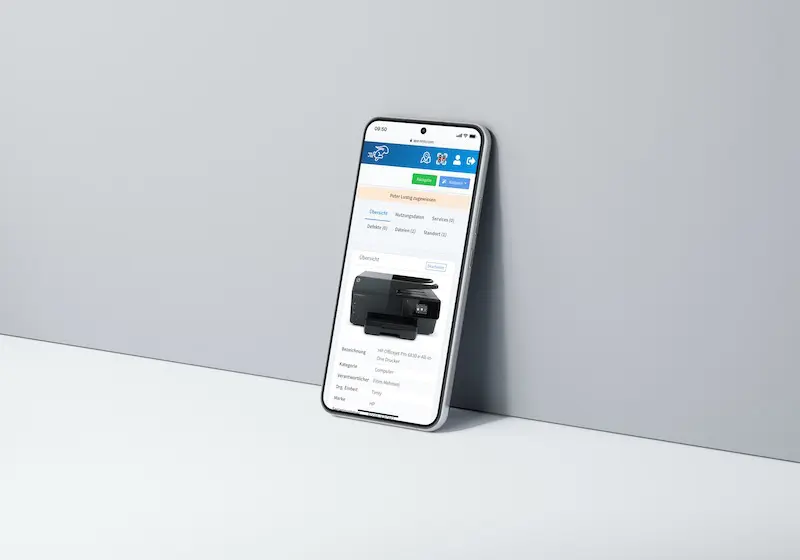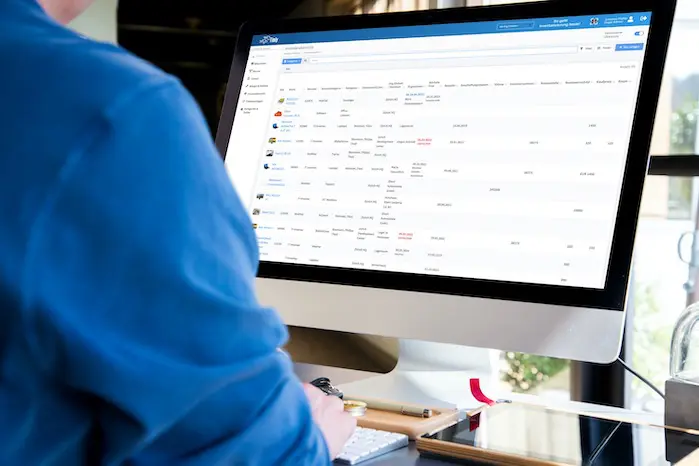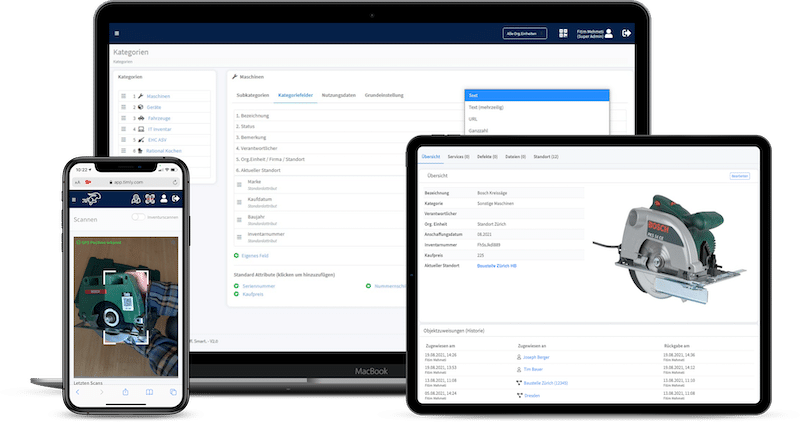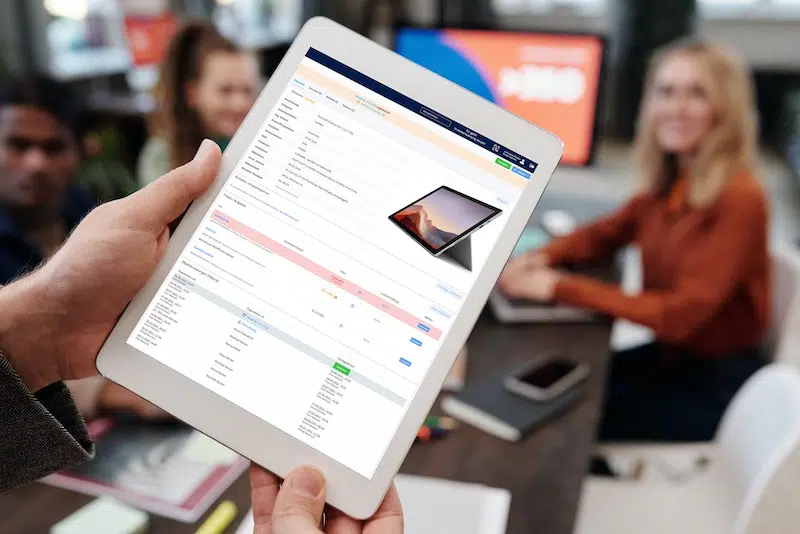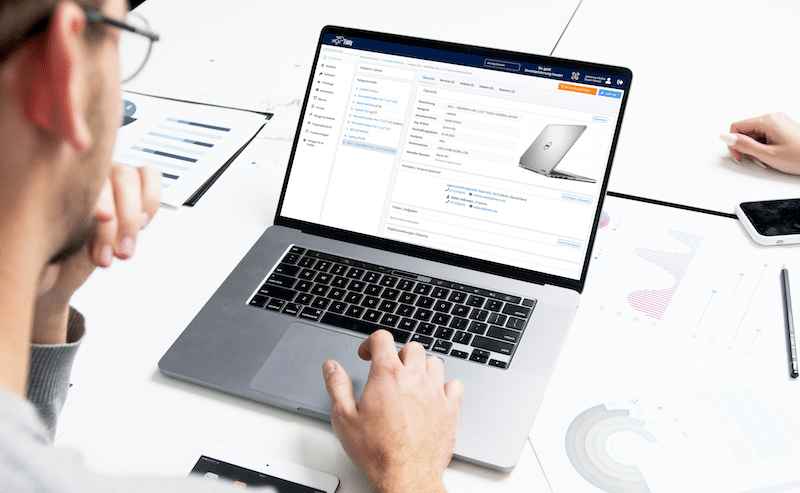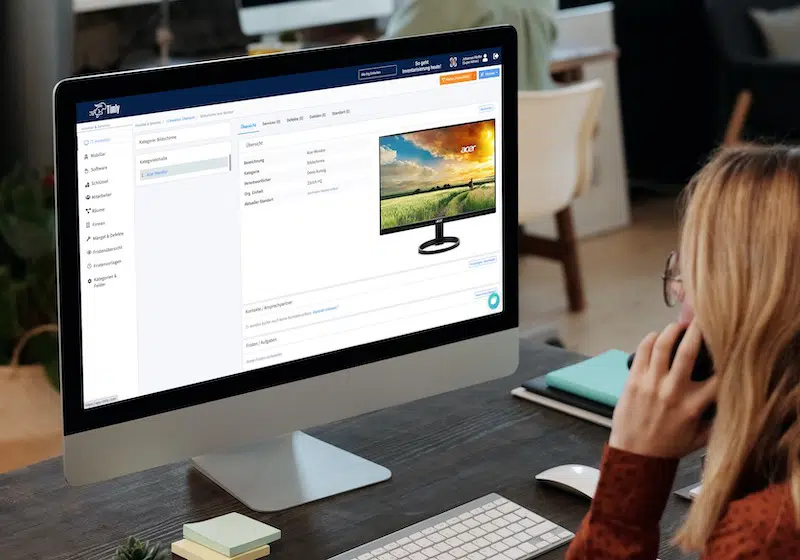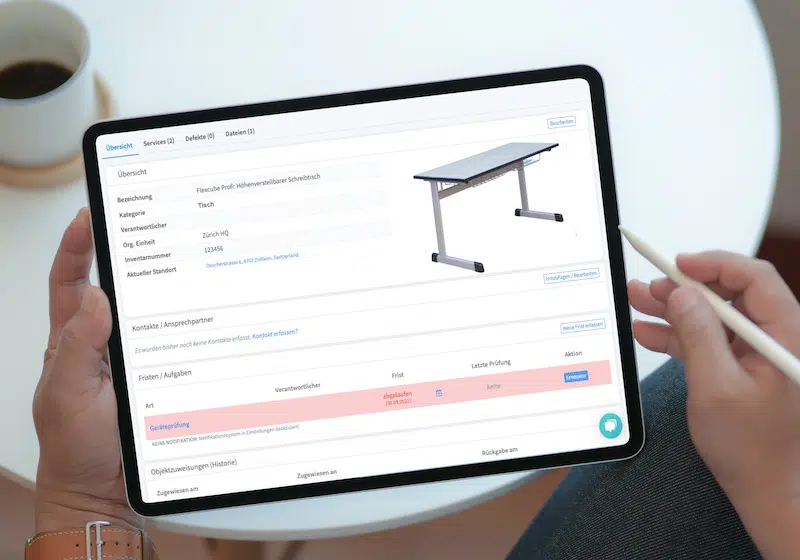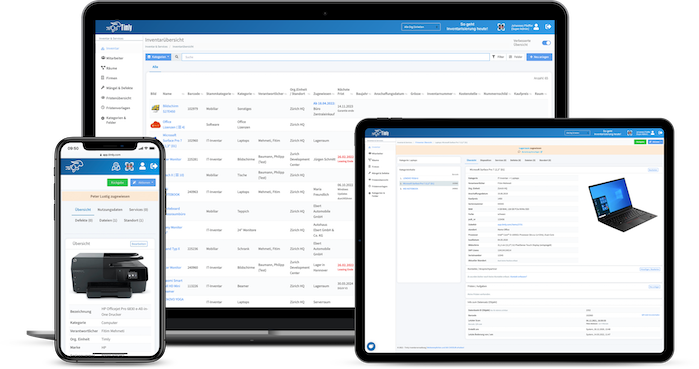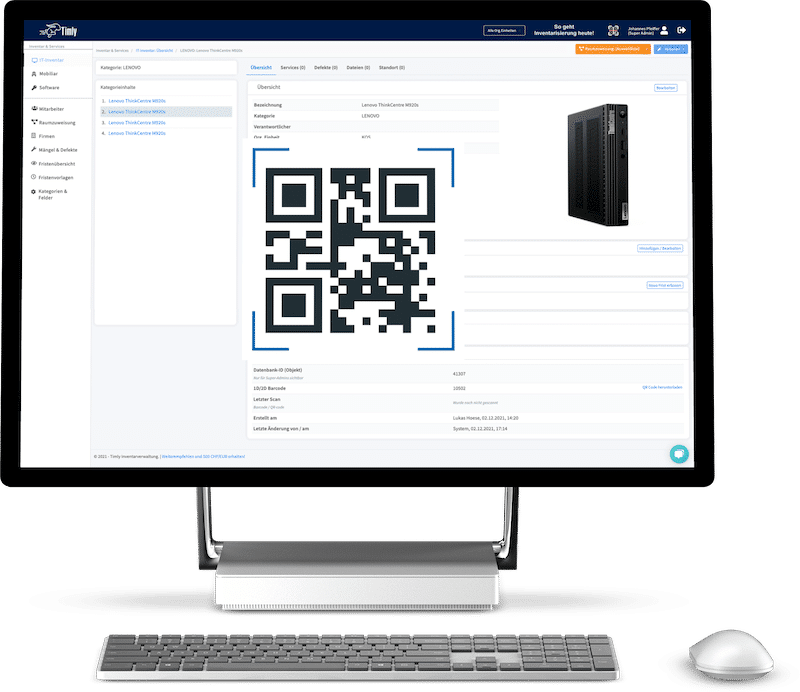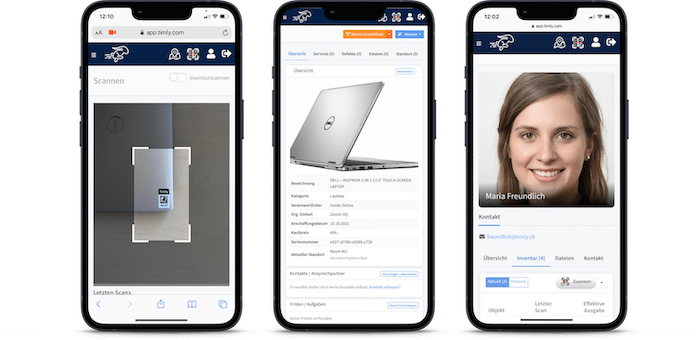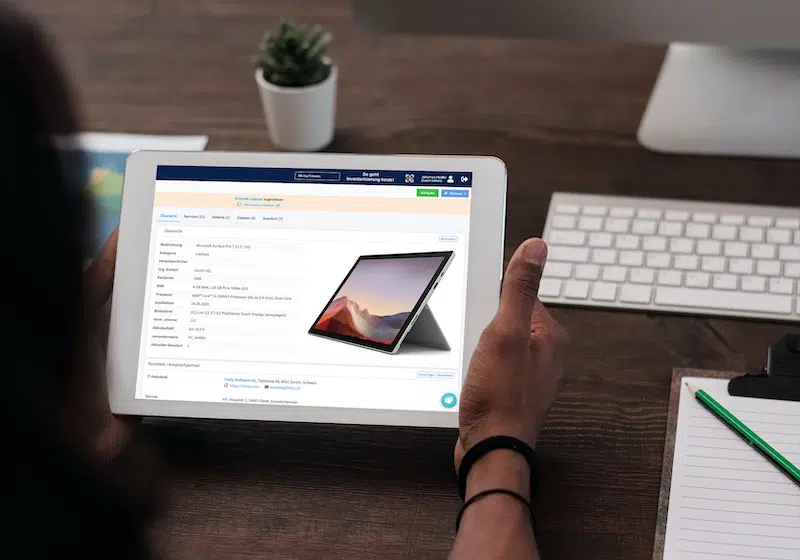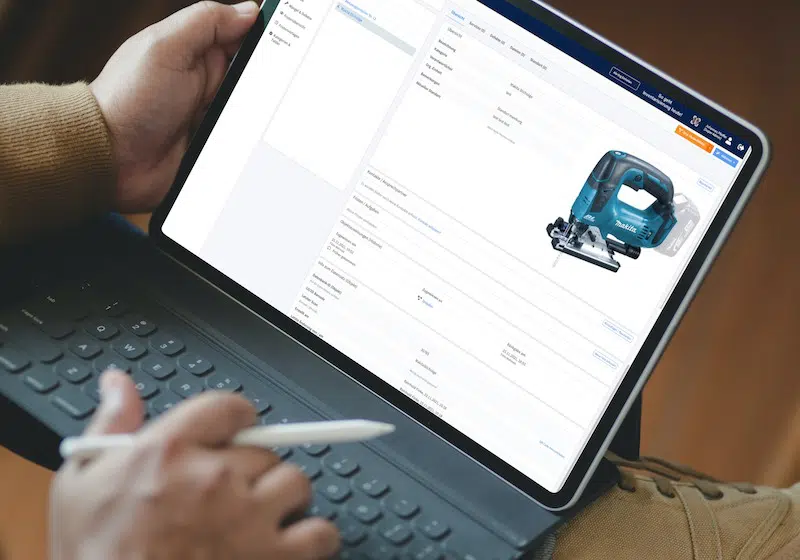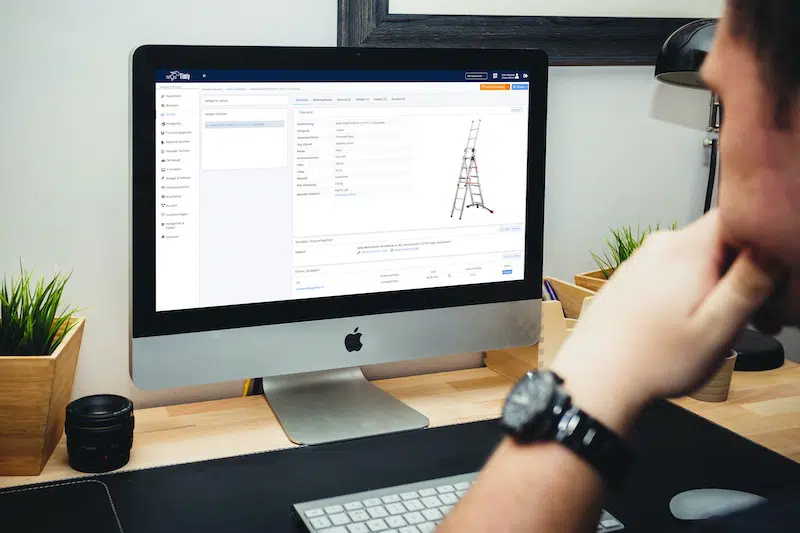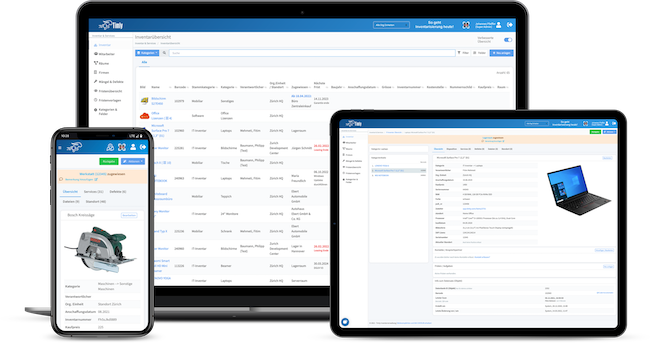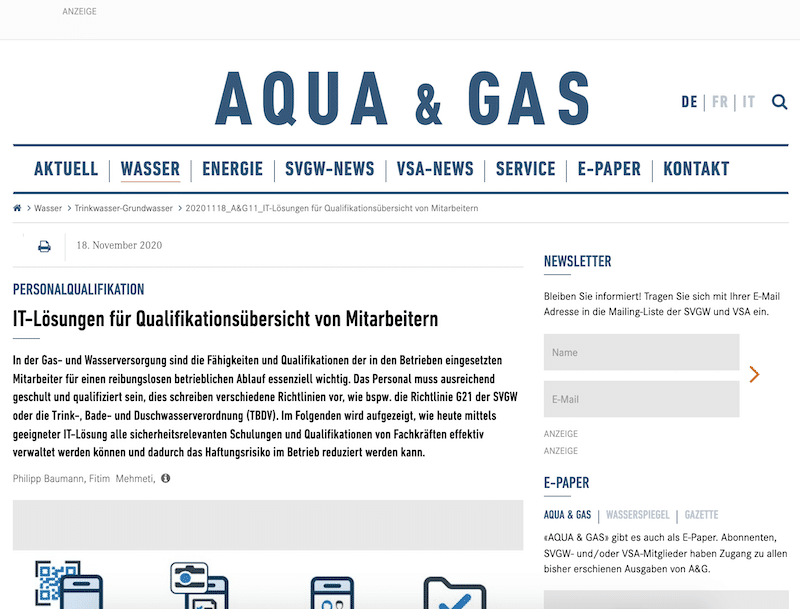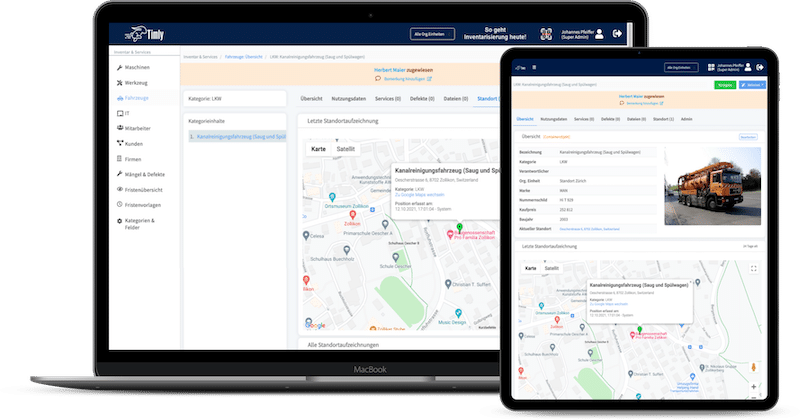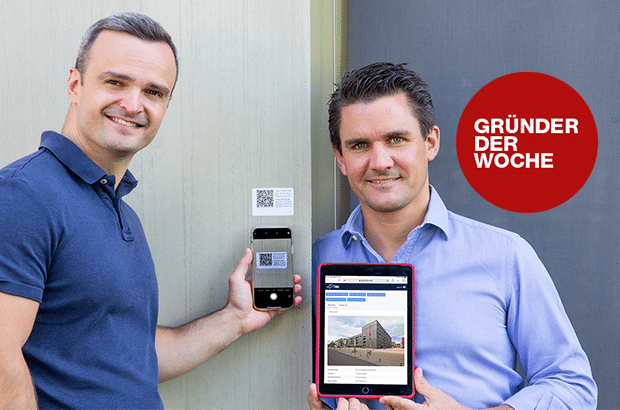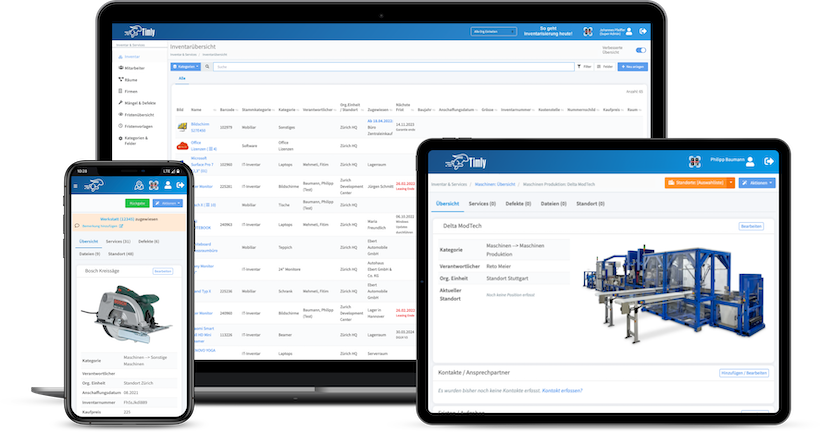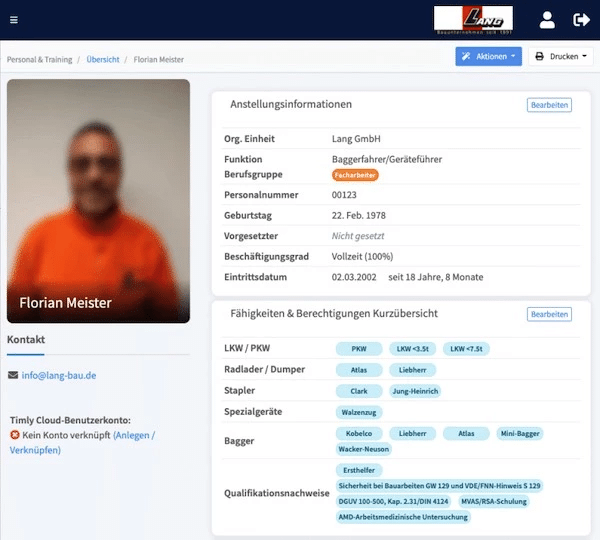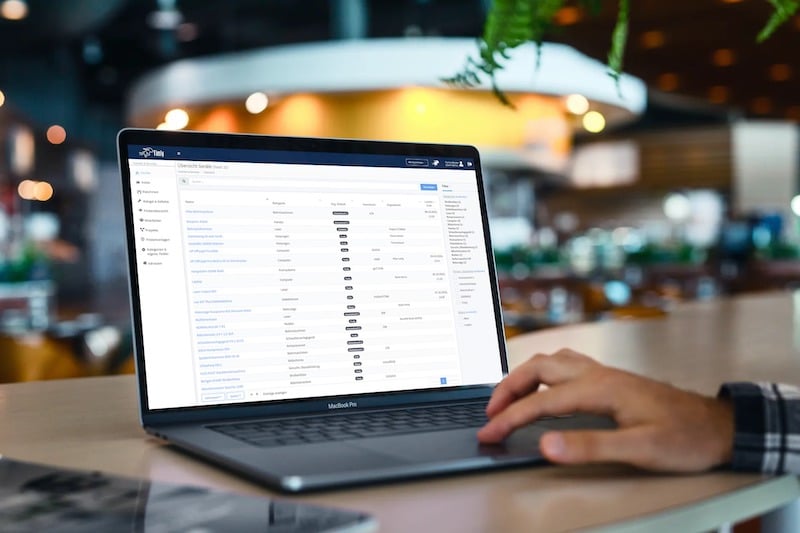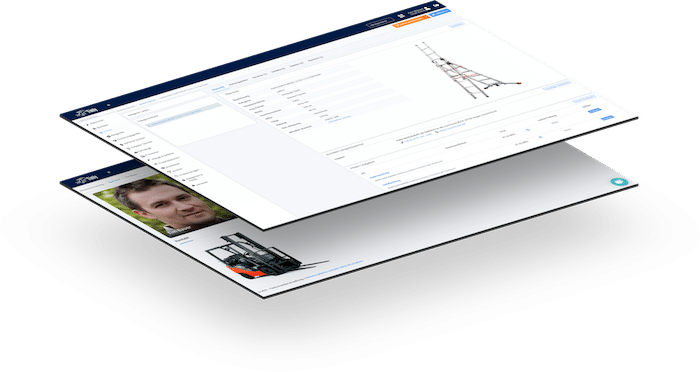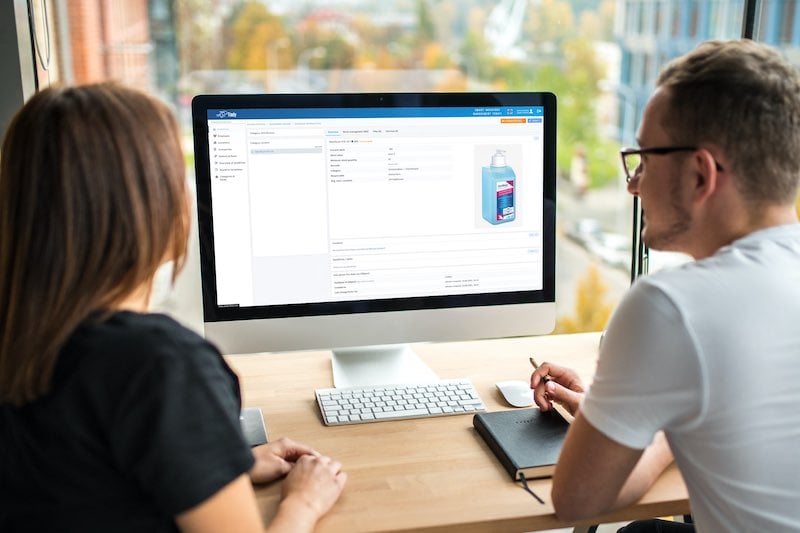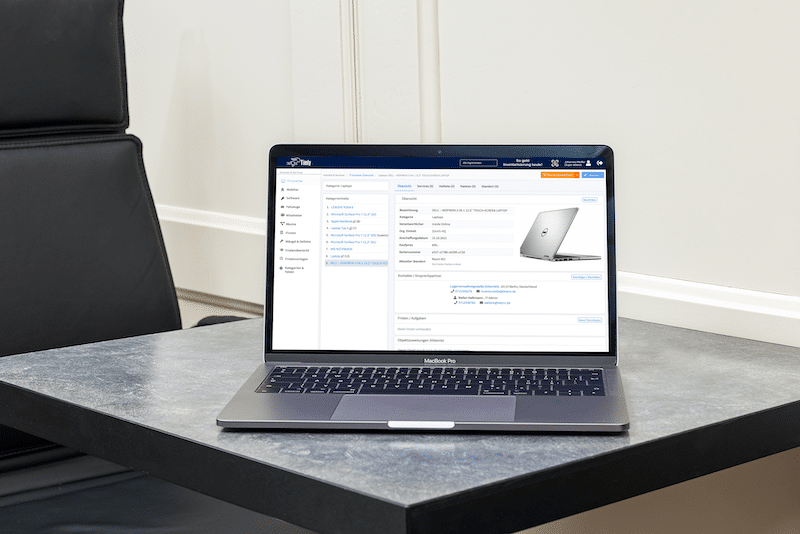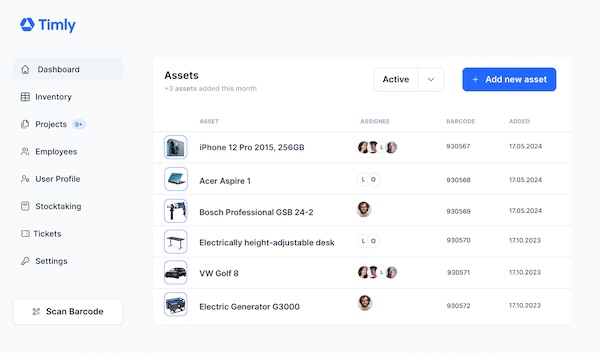
Key Takeaways:
- Inventory management software features such as real-time tracking and advanced analytics optimize operations and improve efficiency.
- Integration with ERP systems centralizes data and processes, fostering better decision-making and coordination across departments.
- Inventory management software enhances supply chain operations and customer satisfaction.
In This Article:
- What Are the Most Essential Features in Inventory Management Software?
- What Are the Key Store Management Software Features?
- What Features Help Reduce Costs Using Stock Management Software?
- Asset Management Software in Use by Our Customers
- What Are the Key Characteristics of an Efficient Inventory Control System?
- What Is the Difference Between the Features of an ERP & Inventory Management System?
- Frequently Asked Questions About Inventory Management Software Features
What Are the Most Essential Features in Inventory Management Software?
1. Tracking inventory in real-time. This is important because organizations gain stock visibility, helping them make clear and informed decisions about whether their product is stocked out or overstocked.
2. Allowing organizations to track and monitor assets located in different locations. By utilizing the multi-location management features, organizations can seamlessly track and optimize stocks.
3. Using advanced algorithms and data mining analytics to assist businesses in predicting demands and understanding customer needs.
4. Able to integrate with other management tools to synchronize inventories and ensure that inventory counts are up-to-date.
5. Providing mobile applications to manage stocks on the go, allowing flexibility and accessibility for staff.
6. Facilitating inventory by providing the latest technology, such as barcode and RFID support, which helps organizations tag, scan, monitor, and reduce errors while improving accuracy.
7. Helping provide customizable reports and analytics that enable the organization to learn current trends with their assets, optimize their inventory, and make better business decisions using analytics and reporting tools.
These seven key features assist in automating tasks, providing organizations with a great way to reduce human error while streamlining processes. Overall, this helps with scalability, ensuring customer satisfaction, and increasing productivity.
List of Features in an Inventory Management Software
The features of inventory management software are numerous, focusing on streamlining operations and optimizing the organization’s inventory. As the organization grows, they will require features that are mostly real-time when it comes to tracking assets.
Multi-location features are also crucial, as they need to factor in expansion and the various facilities located at different locations. Barcode and RFID support is another essential feature, allowing for efficient inventory tracking, with staff being notified when stocks are low.
Additionally, forecasting and demand planning features leverage collected and analyzed information to optimize inventory levels. Supplier management tools aid in the communication structure between the organization and its suppliers. Integration capability with the current company’s software is crucial, along with understanding features such as return management and compliance management, necessary for compliance and handling asset returns.
Security is vital to protect sensitive inventory data, along with integration capability with financial and accounting software to ensure API integration with other applications. All of these are important for scaling and customizing features for the organization’s evolution and growth.
What Is the Best Feature in an Inventory Software in 2024?
The best feature in inventory software for 2024 would be predictive tools used to forecast demand. This feature employs state-of-the-art machine learning algorithms to analyze past data and current market trends, providing future predictions of market or asset trends. This is crucial for understanding customer needs, optimizing inventory levels, and improving efficiency.
Different business growth stages require different features. Small companies benefit from user-friendly, scalable, and cost-effective interfaces, while medium-sized organizations need advanced features like multi-location support, integration with other management platforms, and customizable reports. Large organizations prioritize robust features such as advanced analytics, customization, and enhanced security.
The introduction of the Internet of Things (IoT) prompts consideration of future inventory management trends, emphasizing real-time tracking, blockchain technology for enhanced supply chain security, and augmented reality (AR) for efficient warehouse operations. Incorporating these futuristic features enables organizations to automate inventory management, increasing accuracy and agility.
Timly’s inventory management software features are designed to stay updated with current market trends and focus on futuristic advancements. With predictive analytics, machine learning capabilities, and a commitment to staying abreast of market trends, organizations can stay ahead of the competition and innovate solutions for inventory management challenges.
What Are the Key Store Management Software Features?
The key features of store management software are essential for organizations to optimize operations and adapt to market changes. These features include providing inventory tracking, order management, and a point-of-sale (POS) system to organize stock and workflows, thus enhancing operational efficiency.
Additionally, flexible forecasting tools enable market adaptability by leveraging advanced analytical algorithms to predict changes in demand, optimize stock allocation, and restock inventory levels, allowing companies to align with dynamic market trends and demands. By utilizing these key features, organizations can enhance operations, improve customer service, and remain relevant amidst market fluctuations.
Examples of Business Using Store Management Software
Let’s examine two case studies of businesses utilizing store management systems: Walmart and Samsung.
1. Walmart utilized store management software to optimize inventory levels and manage stock efficiently through agile forecasting tools. This streamlined workflows and enhanced customer satisfaction. Moreover, by employing inventory management software, Walmart collaborated with Procter & Gamble (P&G) using automated reordering software, benefiting both companies in terms of inventory visibility, cost reduction, and stock replenishment.
2. Samsung is another company that integrated inventory management software into its supply chain operations. The organization improved procurement by gathering data from various sources and coordinating between departments, thereby enhancing procurement, warehousing, and asset distribution. Utilizing barcode scanners, Samsung effectively tracked inventory and replenished assets promptly, leading to operational enhancements and cost reductions.
Over 600 Companies, Schools and Cities Rely on Timly
(No credit card required)
What Features Help Reduce Costs Using Stock Management Software?
Features that help reduce costs using stock management software include:
- By utilizing stock management software, organizations can effectively manage their product and asset management lifecycle phases. This involves analyzing inventory levels to understand demand patterns and production schedules, optimizing the timing of product purchase, production, and distribution to reduce costs associated with overstocking and stockouts.
- Identifying slow-moving or obsolete items is another crucial feature of inventory management software. By promptly identifying such items, organizations can minimize wastage and optimize resources. Additionally, employing practices like just-in-time, dropshipping arrangements, and bulk purchases can help minimize carrying costs and increase efficiency. Just-in-time practices focus on ordering items as needed to reduce storage costs, while dropshipping eliminates the need for inventory systems by fulfilling orders directly through suppliers. Bulk purchasing leverages large purchasing volumes to reduce costs and increase profit margins.
In summary, by leveraging these features and strategies, organizations can streamline operations, reduce costs, and enhance their competitive edge in today’s business environment.
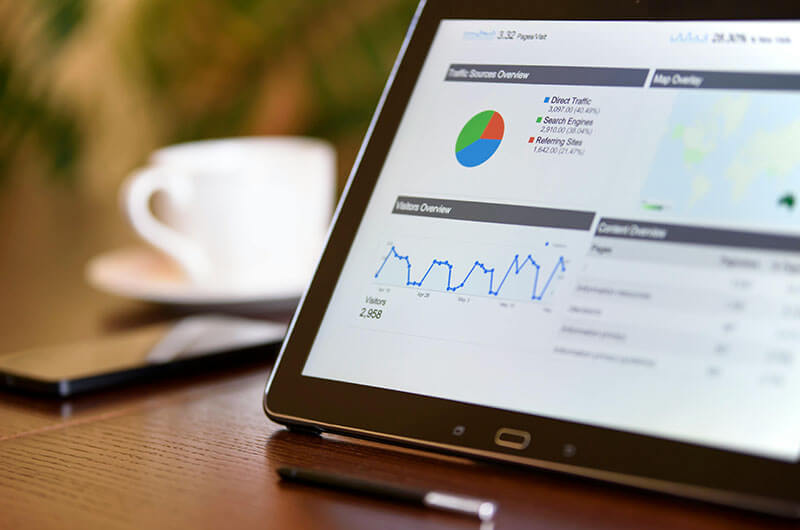
Real-Time Stock Management Software Feature
Real-time stock management software features provide functions to enhance customers’ online shopping experiences. These features include:
- Integration with other software platforms, providing up-to-date inventory and visibility to customers online.
- Stock transparency allows customers to make informed buying decisions for each product displayed by showcasing available stock quantities, thereby increasing customer satisfaction.
- A competitive pricing edge helps enhance business sales by enabling organizations to implement dynamic pricing strategies based on the timing of sales and customer buying patterns, providing a competitive advantage in the market.
When considering the connection between stock levels, order fulfillment, and customer satisfaction, it’s crucial to fulfill customer orders in a timely and accurate manner. Utilizing features that speed up packing and shipping processes, along with barcode scanning and optimized warehouse layouts, can reduce errors, accelerate order fulfillment, and further enhance customer satisfaction.
Asset Management Software in Use by Our Customers
The Timly software is continuously evolving to meet the needs of our customers. In various success stories, we show you how Timly optimizes processes in companies, thereby saving significant effort. With Timly, inventory management becomes child’s play.

Optimized Device Management With Innovative Self-Inventory
SodaStream is the world market leader for water sparkling systems for domestic use and has a lot of IT equipment at its various locations. Many colleagues now work from their home offices. A digital solution for the efficient management of IT end devices became necessary...
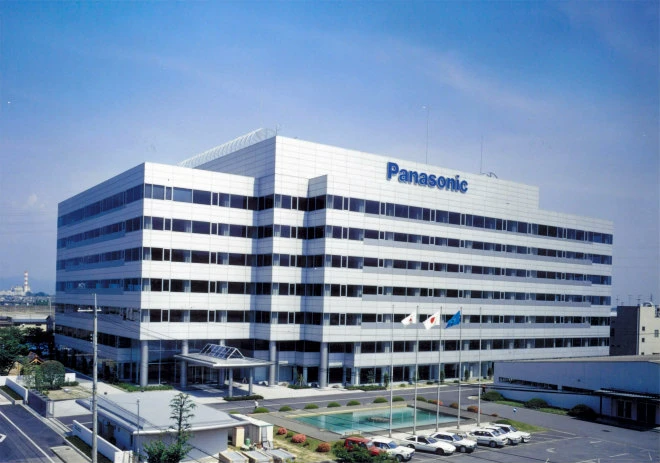
Panasonic x Timly: Driving Technological Innovation
One of the most remarkable aspects of human ingenuity is our ability to innovate. Innovation is embedded in the DNA of consumer electronics giant Panasonic, which has diversified into a number of sectors, from heavy industry to construction...
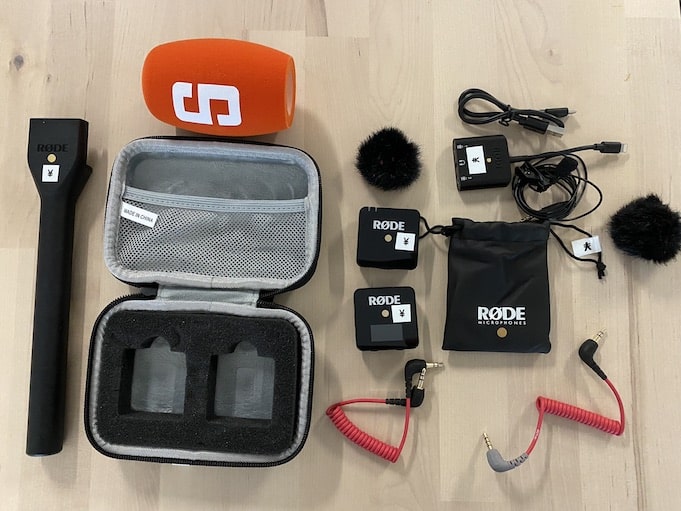
Manage Video Equipment Efficiently Without Much Effort
The Hamburg media company always does outstanding journalistic work and is characterized by independent reporting. In order to maintain journalistic quality, the teams work with highly specialized devices – these need to be managed efficiently...

Smart City Asset Management – Timly in Use at DIGOOH
The core business of DIGOOH Media GmbH in Cologne is to manage digital city light posters (DCLP) for outdoor use in various cities in Germany. The challenge here lies in making the client’s communication message always available at the right time, in the right place...
(No credit card required)
What Are the Key Characteristics of an Efficient Inventory Control System?
The key characteristics of an efficient inventory control system are inventory tracking, which helps organizations monitor their stocks in real time, provides accuracy, and prevents overstocking and stockouts.
Secondly, it offers automated reordering when stocks are low, ensuring no disruptions in the supply chain as stocks are promptly replenished. Thirdly, by utilizing real-time data analytics, organizations can gain insights into inventory performance, demand trends, and asset utilization, enabling better decision-making and overall efficiency improvements.
Each feature contributes uniquely to inventory management effectiveness. For example, inventory tracking ensures accurate counts, reducing stockouts and excess orders. Automated reordering minimizes disruptions and boosts customer satisfaction by ensuring continuous product availability. Real-time data analytics provides timely insights, reducing carrying costs and enhancing supply chain efficiency.
What Features Should an Inventory Management System Include?
When sourcing features to be included in an inventory management system, organizations should consider the following:
- Inventory tracking assists companies in knowing the whereabouts of their stocks. Multi-location features help organizations manage inventory across various locations efficiently, facilitating optimal stock allocation.
- Barcode and RFID support aid in tracking inventory and reducing manual errors.
- Advanced analytics enable forecasting and pattern prediction, optimizing inventory planning.
- Integration with other management tools allows seamless synchronization with online sales, ensuring real-time updates and accurate order processing.
- Accessibility via mobile allows for inventory management from anywhere, providing flexibility and accessibility to staff.
- Compliance with industry standards and requirements helps minimize the risk of non-compliance for companies.
Tools for Product and Material Management?
By examining tools for product and material management, it becomes evident that inventory management software plays a crucial role in overseeing the entire product and material lifecycle. Organizations can track the journey of their assets from purchase to production and distribution in their supply chain management.
This integration ensures optimized inventory levels at each stage and helps minimize shortages and excess stock. Additionally, these tools aid in reducing waste and optimizing resource allocation. Furthermore, real-time visibility into inventory stocks enables organizations to identify inefficiencies in supply chain management.
What Is the Difference Between the Features of an ERP & Inventory Management System?
Though there may appear to be an overlap between enterprise resource planning (ERP) and inventory management systems (IMS), there are certain stark differences. The disparities in features between an ERP system and an IMS are:
- IMS focuses on tracking stocks, reordering, and ensuring that inventory is always optimized. Additionally, it provides insights into inventory movement and streamlines warehouse operations.
- ERP has a broader scope, as it encompasses not only inventory management but also other functions beyond inventory. For instance, it integrates various business processes such as human resources, finance, and procurement into a single manageable system. It emphasizes a more holistic approach to managing overall business operations and facilitating collaboration across departments.
The Benefits of Integrating Inventory Management Features in ERP
There are several benefits to integrating Inventory Management features into ERP. For instance, it helps centralize data and processes into a single system, eliminating the need for additional systems and redundant tasks. Moreover, it ensures proper visibility within the organization, facilitating better decision-making and resource allocation. Additionally, integrating inventory management features with ERP fosters improved communication between departments, leading to enhanced coordination.
Real-world examples of such integration can be observed in organizations like Wal-Mart and Amazon. By incorporating inventory management features into their ERP systems, these companies have achieved greater efficiency in managing their supply chain operations, resulting in increased profit margins and customer satisfaction.
Frequently Asked Questions About Inventory Management Software Features
What Are the Most Essential Features in Inventory Management Software?
What Features Help Reduce Costs Using Stock Management Software?
Features that help reduce costs using stock management software include:
- Utilizing stock management software, organizations can effectively manage their product and material lifecycles. This involves analyzing inventory levels to understand demand patterns and production schedules, optimizing the timing of product purchase, production, and distribution to reduce costs associated with overstocking and stockouts.
- Identifying slow-moving or obsolete items is another crucial feature of inventory management software. By promptly identifying such items, organizations can minimize wastage and optimize resources.
Recommended for You:
Book an online demo - free and without obligation - or create your free trial account directly.






